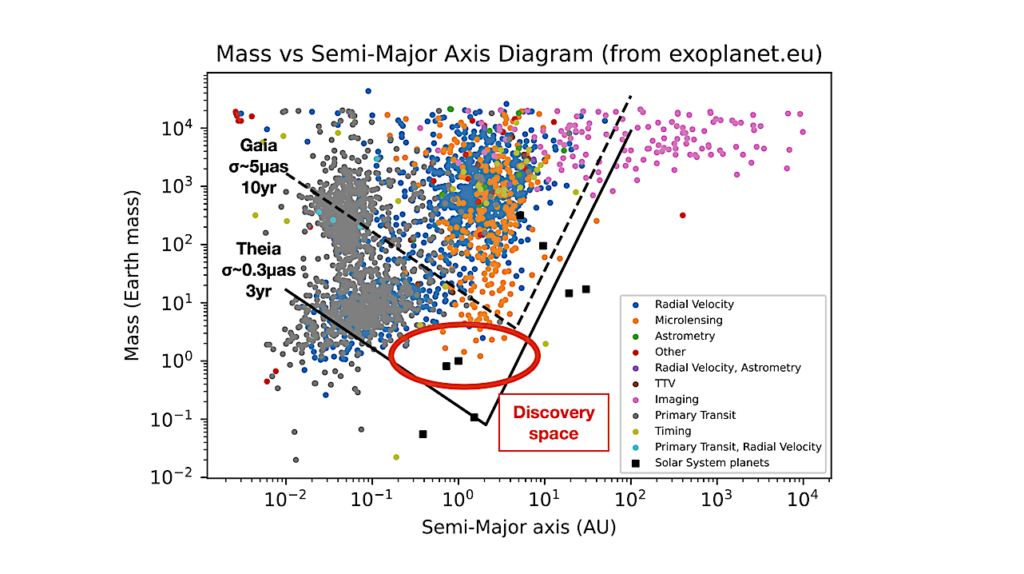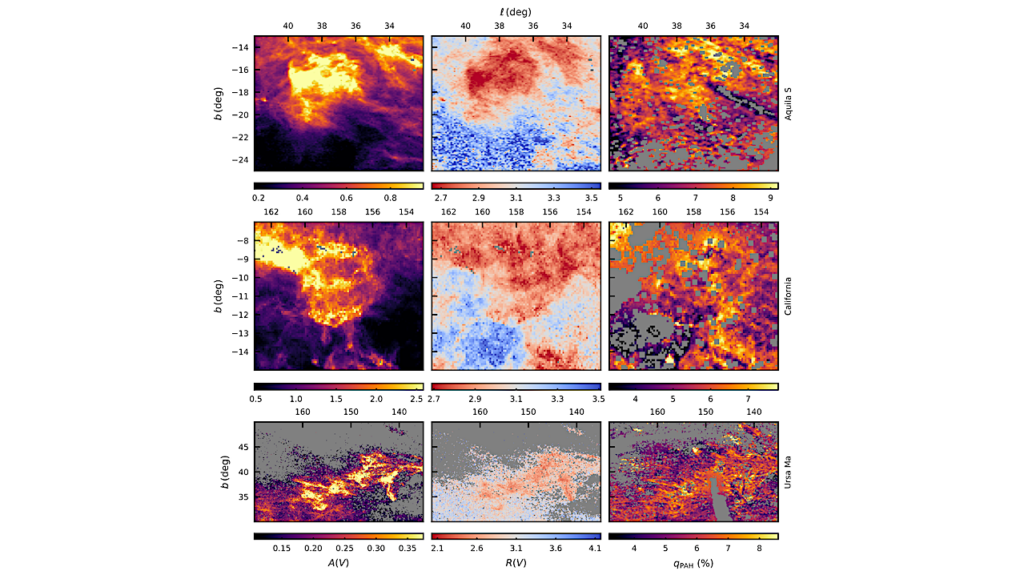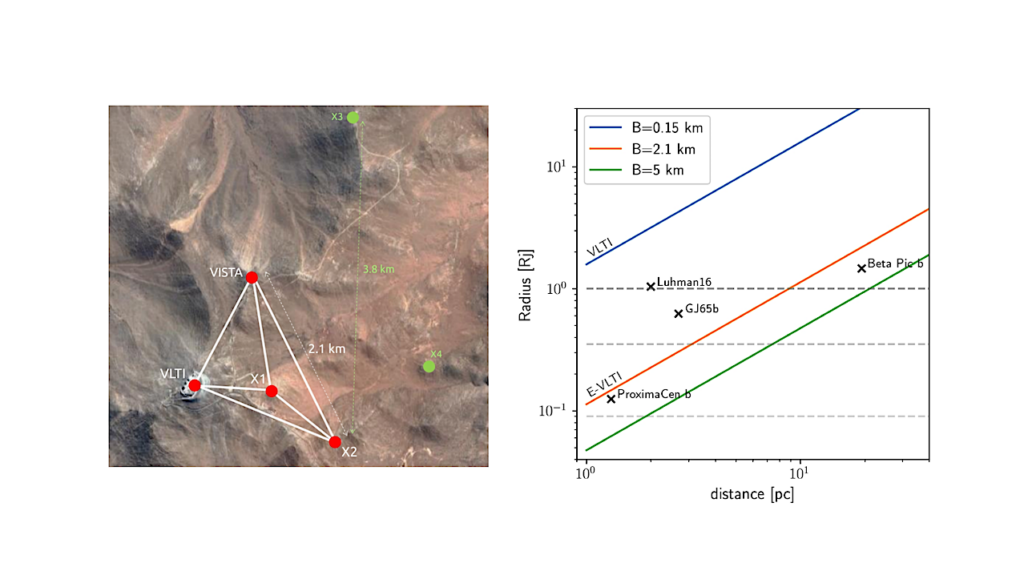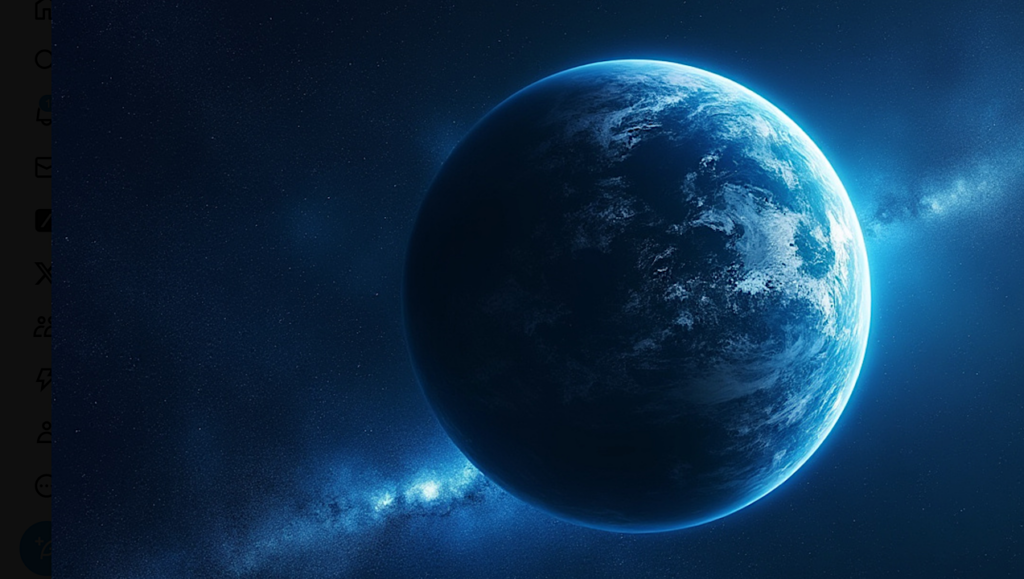Mitigating Worst-Case Exozodiacal Dust Structure In High-Contrast Images Of Earth-like Exoplanets
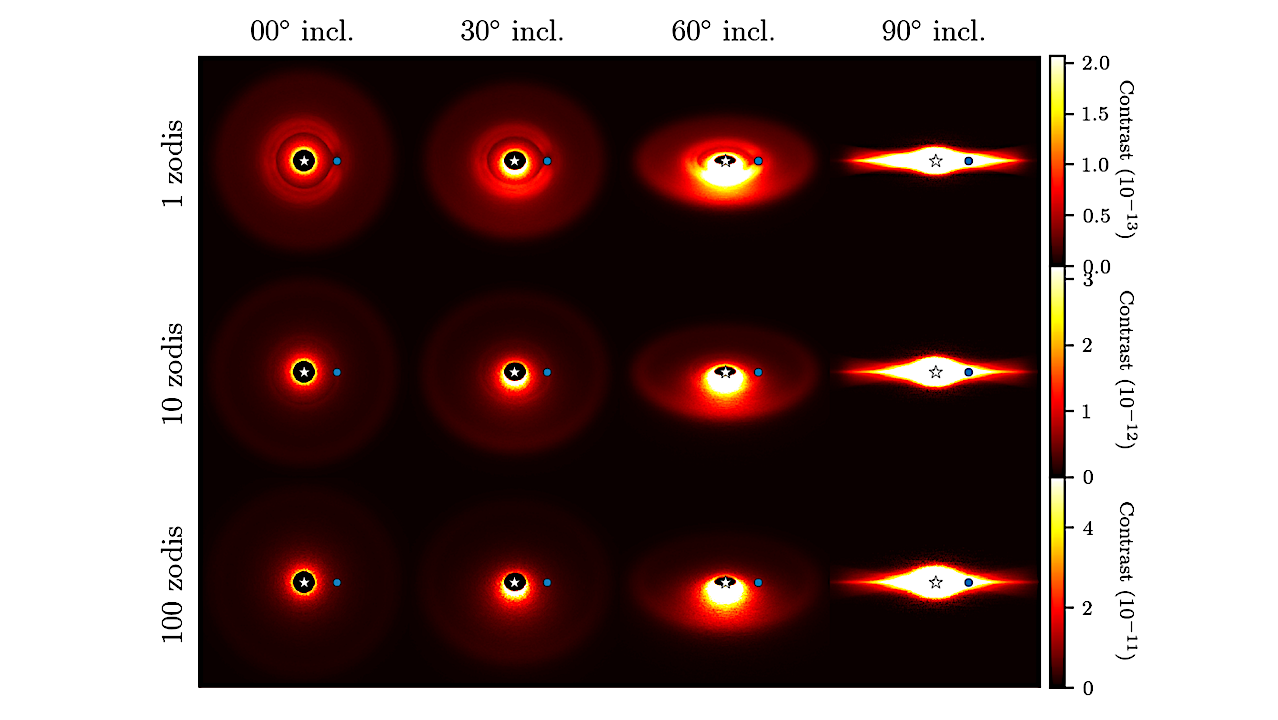
Detecting Earth-like exoplanets in direct images of nearby Sun-like systems brings a unique set of challenges that must be addressed in the early phases of designing a space-based direct imaging mission.
In particular, these systems may contain exozodiacal dust, which is expected to be the dominant source of astrophysical noise. Previous work has shown that it may be feasible to subtract smooth, symmetric dust from observations; however, we do not expect exozodiacal dust to be perfectly smooth. Exozodiacal dust can be trapped into mean motion resonances with planetary bodies, producing large-scale structures that orbit in lock with the planet. This dust can obscure the planet, complicate noise estimation, or be mistaken for a planetary body.
Our ability to subtract these structures from high-contrast images of Earth-like exoplanets is not well understood. In this work, we investigate exozodi mitigation for Earth–Sun-like systems with significant mean motion resonant disk structures. We find that applying a simple high-pass filter allows us to remove structured exozodi to the Poisson noise limit for systems with inclinations <60∘ and up to 100 zodis.
However, subtracting exozodiacal disk structures from edge-on systems may be challenging, except for cases with densities <5 zodis. For systems with three times the dust of the Solar System, which is the median of the best fit to survey data in the habitable zones of nearby Sun-like stars, this method shows promising results for mitigating exozodiacal dust in future HWO observations, even if the dust exhibits significant mean-motion resonance structure.
Miles H. Currie, Christopher C. Stark, Jens Kammerer, Roser Juanola-Parramon, Victoria S. Meadows
Comments: Accepted to AJ. 18 pages, 10 figures
Subjects: Earth and Planetary Astrophysics (astro-ph.EP)
Cite as: arXiv:2309.14234 [astro-ph.EP] (or arXiv:2309.14234v1 [astro-ph.EP] for this version)
Submission history
From: Miles Currie
[v1] Mon, 25 Sep 2023 15:46:47 UTC (1,388 KB)
https://arxiv.org/abs/2309.14234
Astrobiology


